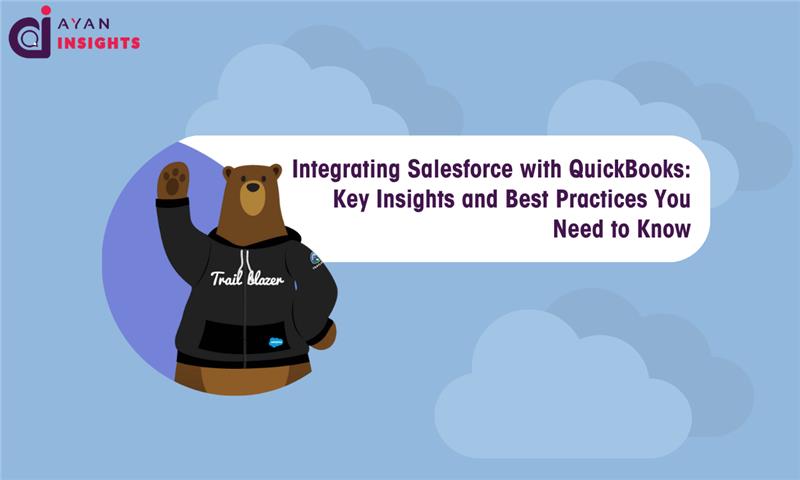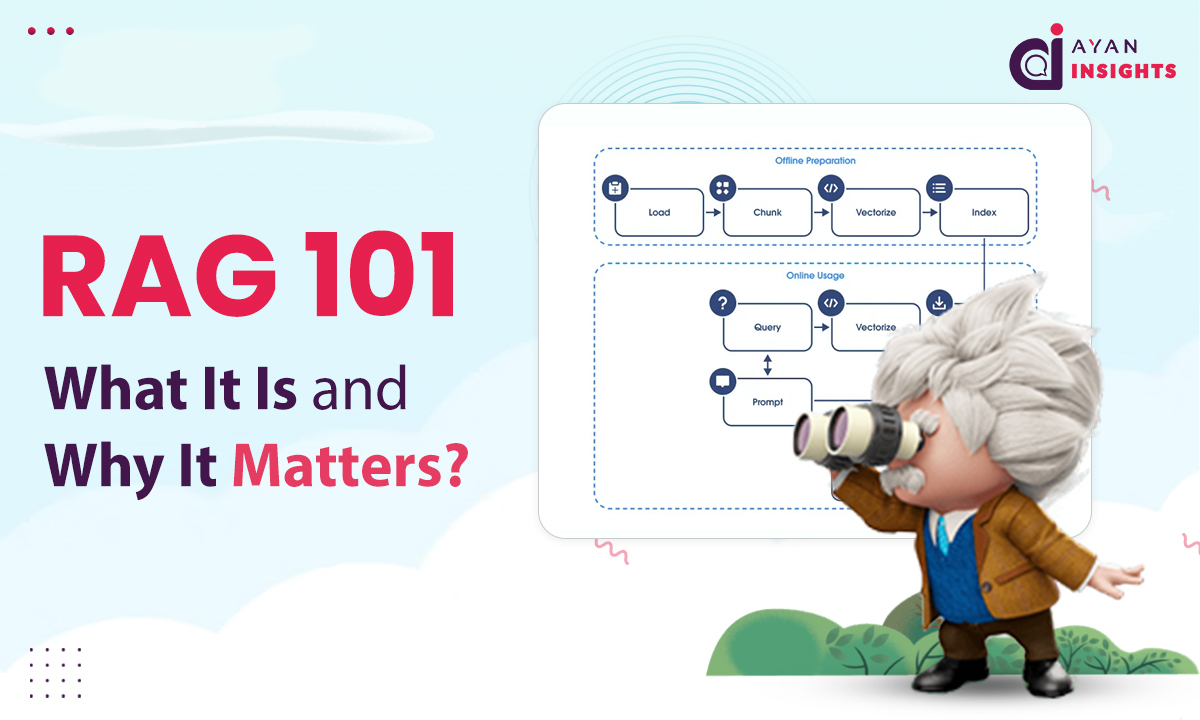Salesforce Health Cloud will majorly change how you manage patient care, operations, and collaborations to make your organization the best. Your healthcare organization can leverage this potent platform by taking a methodical path to plan, integrate, configure, train, and continuously enhance.
Successful implementation is more than adopting new tech; it is changing your care delivery system to be more patient-centered, efficient, and data-driven. Salesforce Health Cloud can change the game for how you do business, patient engagement workflows, and health results, so the long-term success of your organization depends on it when executed with careful planning.
Integrating Salesforce Health Cloud into your CMS is a long-term investment in where healthcare is going for our patients. Begin to accept the steps indicated above, and in the following, you will savor those life-altering advantages of this cutting-edge platform.






















